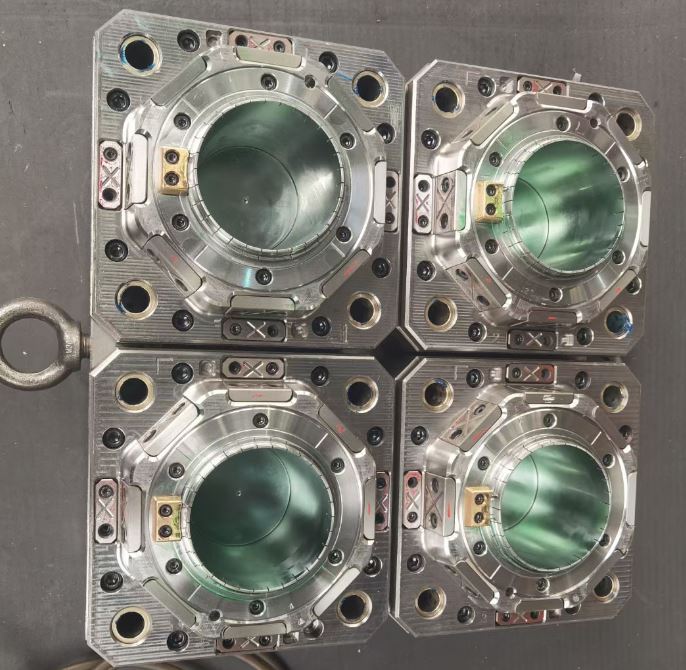Форма для пластикового стаканчика
Behind the Scenes of Plastic Cups with Plastic Cup Mold
If you are someone who ends up throwing the plastic away as the last resort you ought to read this. If it is any consolation to you, you may not be the only person who does this though this could be true at one point.
I find it sad that people do not grasp the massive importance of these plastic cups in this contemporary society. Their contribution can be seen in the very morning coffee takeaway and the crispy iced tea while you spend good time out there.
But do you think how simple containers are produced on a large scale? The answer lies in a hidden champion: Here is the: Mold, pp plastic cup

форма для пластикового стаканчика
The Molding Process: Alchemy of Plastic
That is why plastic cup molds are the real players that remain unseen. These are highly delicate pieces of metal work that create the shape of molten plastic into forms of items seen and used daily. The two most common techniques commonly used in molding of plastic cups are thermoforming and injection molding.
Thermoforming is more appropriate when it comes to disposable cups. Plastics are heated until they obtain softness and can be easily molded. The mold that is usually made of aluminum then presses it do in order to have the shape of the plastic. Another clay is then applied on it before another vacuum or compressed air is used to knock off excess material to form a perfect Cup form. This process is relatively cheaper and efficient when it comes to the manufacturing of disposable cups perhaps in large quantities.
On the other hand, the use of plastic cup injection mold provides more the requirement of solid and reusable cups. In the process, the material, usually plastic in this case is forced under pressure into a hollow mold. The plastic will then crystallize and contract to the shape of the mold that is on the produced item. This process allows for the thickening of the walls of the plastic and formation of new minute designs. This is wonderful for those cups that should technically last several washes and wears.
The Anatomy of a Plastic Cup Mold
A plastic cup mold is much more than just a hollow form. It’s a complex engineering marvel with several key components:
- Охлаждающие каналы
Channels circulating a coolant, which is often water, are embedded within the plastic cup mold. The rapid cooling allows speedy solidification of the plastic to enable faster production cycles.
- Core and Cavity
These are the heart of the mold. The core shapes the inside of the cup, while the cavity forms the outside.
- Ejection System
Once cooled, the cup needs to be ejected from the mold. Pins or plates push the formed cup out, making way for the next cycle.
- Gating System
This intricate network of channels delivers the molten plastic into the cavity. A well-designed gating system ensures proper flow and minimizes waste.
- Venting System
As the plastic cools, it traps air. Vents allow this air to escape, preventing imperfections in the final cup.
Beyond the Basics: Innovation in Molds
The world of plastic cup molds is constantly evolving. Here are a few exciting advancements:
- In-Mold Labeling
Designs and logos can be directly integrated into the mold, eliminating the need for separate labels.
- Multi-cavity Molds
These molds create multiple cups simultaneously, increasing production efficiency.
- Stackable Cup Molds
Plastic cup molds produce cups that can be stacked easily together to save space during transport and storage.
How Many Cavities Should a Plastic Cup Mold Have?
The number of cavities in a plastic cup mold will depend on the specific application and the production volume required. In general, the more cavities a mold has, the more cups can be produced in a single cycle. A single cavity mold will produce one cup at a time, while a multi-cavity mold can produce multiple cups at once.
For high volume production, it is common to use a multi-cavity mold with 8, 16, or even 32 cavities. This allows for a high production rate and can help to keep unit costs low. For lower volume production, a single cavity mold may be sufficient.
It is important to note that a multi-cavity mold can be more complex and expensive to produce and maintain. It may also require a higher level of precision and accuracy in the injection molding process.
How to Save on Plastic Cup Unit Price Using a Plastic Cup Mold
There are several ways to save on plastic cup unit price using a форма для пластикового стаканчика. One way is to choose a more efficient mold design. For example, a hot runner mold can help to reduce plastic waste and lower production costs. Another option is to use a multi-cavity mold, as this can increase production efficiency and lower unit costs.
Another way to save on unit price is to use a multiple cavities of plastic cup mold. This can help to reduce the cost of production. Additionally, it is important to keep the mold well-maintained and to monitor the injection molding process closely to ensure that it is running efficiently and producing high quality cups, check to know форма для пластикового ящика.
Находясь в поиске поставщики пресс-форм for your plastic cup mold? Send us your sample picture or design, we will offer you the best price.


